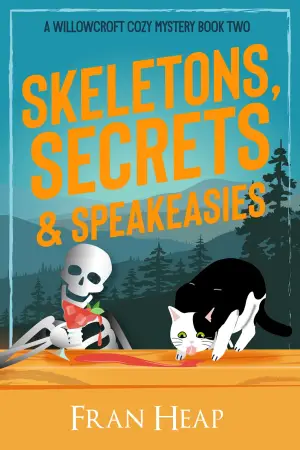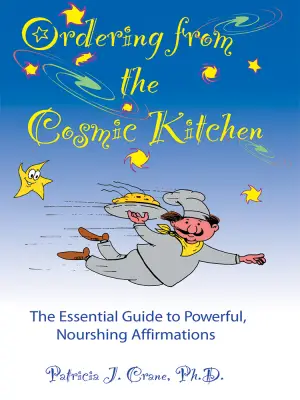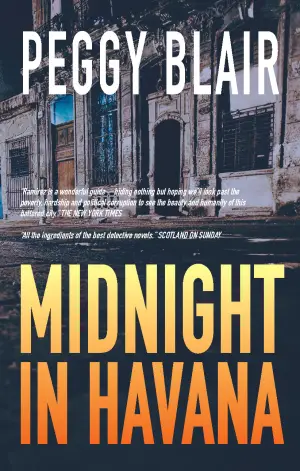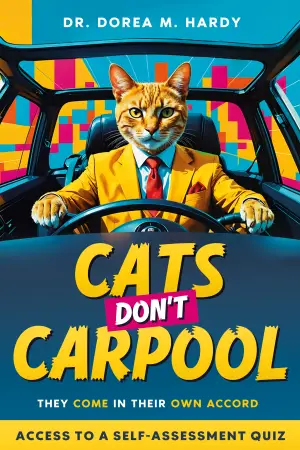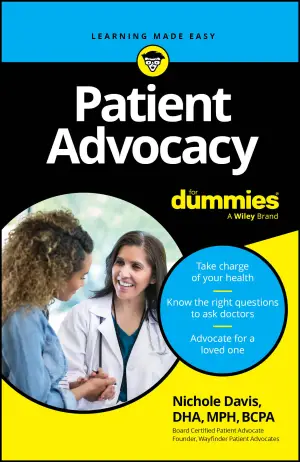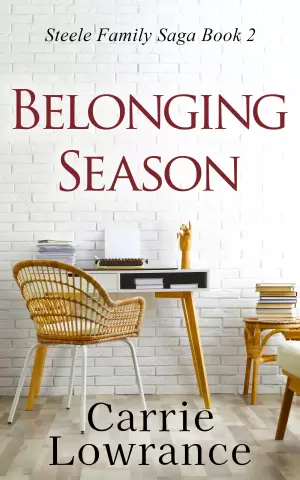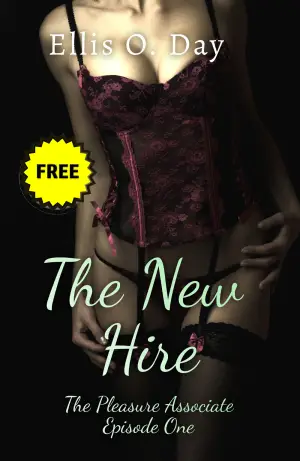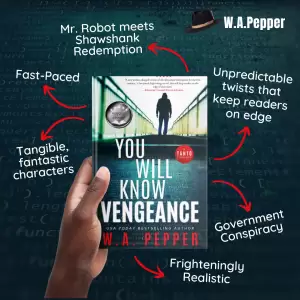The Raffle Baby: A Heartfelt Journey Through Hope and Despair
When I first stumbled across The Raffle Baby by Ruth Talbot, I was drawn in by the intriguing premise: a tale woven through the stark realities of the Great Depression, but narrated with the threads of magical realism and lyrical prose. I have always felt a connection to stories that delve into resilience, especially during times of profound hardship. Talbot’s book promised a poignant exploration of survival and friendship among the orphans Teeny, Sonny Boy, and Vic, and I couldn’t resist diving in.
From the opening pages, I was struck by the beautiful yet harrowing prose. Talbot’s writing flows with a delicate rhythm that feels almost lyrical, transporting you straight into the heart of 1930s America. The setting isn’t just a backdrop—it’s alive with the sounds of the rails, the warmth of campfires, and the harshness of poverty. The trio’s journey across the country, riding rails and chasing harvests, richly illustrates their struggle for survival against the relentless tide of despair that characterized the Great Depression.
One of the most compelling aspects of the novel is its exploration of key themes: love, loss, and the unbreakable bonds forged in the face of adversity. Teeny’s tales, spun around flickering campfires, become a source of comfort not only for her companions but also for the reader. They remind us of the power of imagination and storytelling as a means of coping with grim realities. I found myself captivated by how Talbot blended elements of magical realism into this narrative, especially as the legend of the “raffle baby” underscored the longing for hope in desperate times.
The characters are vividly drawn and incredibly relatable. Teeny, with her small stature and larger-than-life stories, embodies the spirit of resilience, while Sonny Boy’s narrative perspective adds depth and insight into their harrowing journey. I was particularly moved by the friendships that develop among the characters. Their bond serves as a powerful reminder that family can be found in the most unexpected places, forged through shared struggles rather than blood.
Readers have praised the book for its readability and emotional depth, with some noting how it felt like both a quick read and a profound experience. One customer aptly described the story as “heartbreaking yet uplifting,” succinctly capturing the duality of emotions that Talbot weaves throughout the narrative. I found myself reflecting on the resilience of the human spirit long after I turned the final page.
As I concluded my reading, I couldn’t help but think about who might enjoy The Raffle Baby. This book will resonate with lovers of historical fiction, particularly those who appreciate narratives that delve into the complexities of human experience during challenging epochs. It also holds a special significance for anyone curious about the oral histories and enduring tales of those who lived through the Great Depression—stories that remind us of our shared humanity.
Ultimately, The Raffle Baby is more than just a story of survival; it’s an ode to the power of memory and imagination, illuminating how we can find light in the darkest of times. Ruth Talbot has gifted us a narrative that not only entertains but also invites us to reflect on the indomitable human spirit. I can’t recommend it enough!

